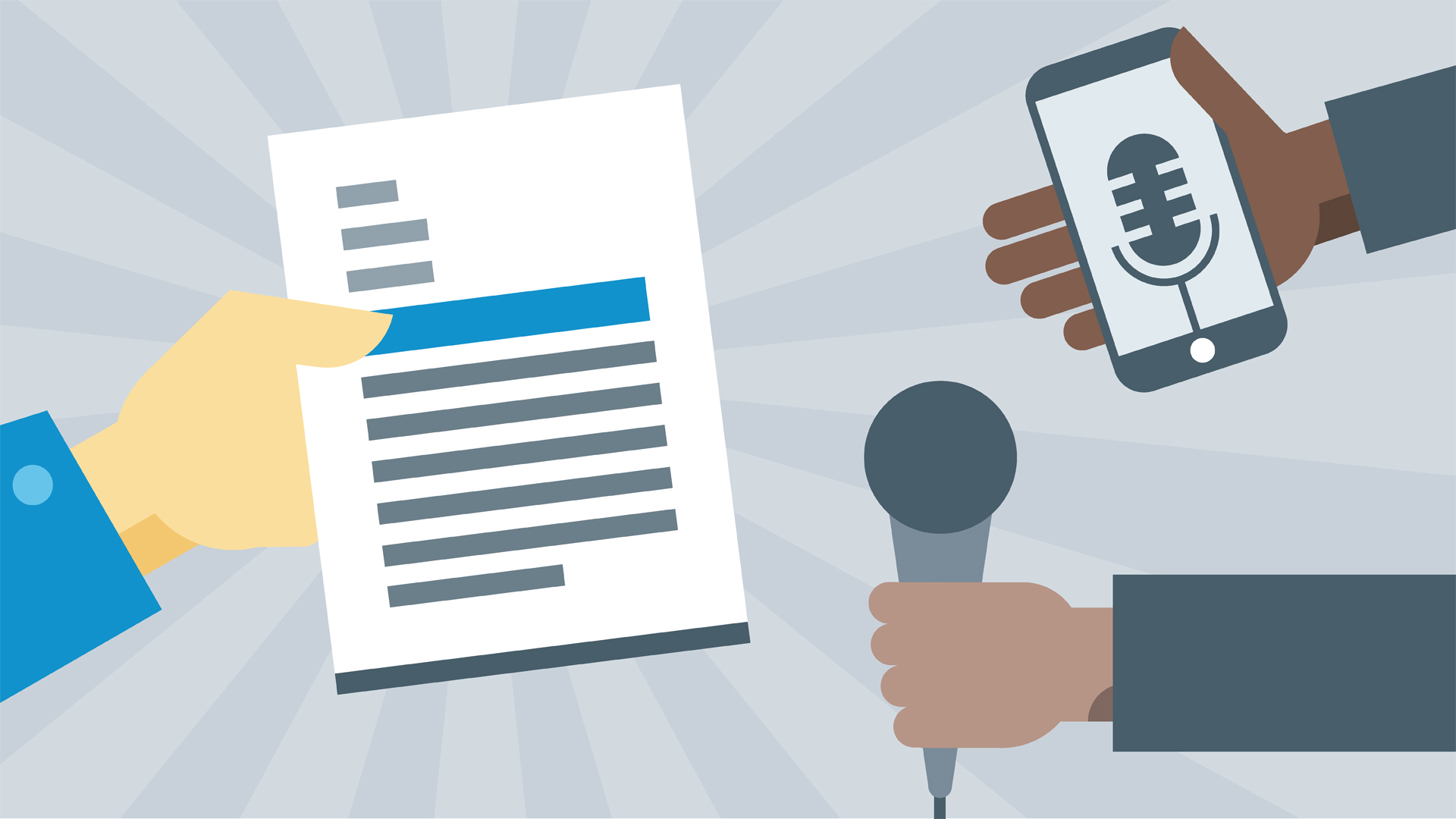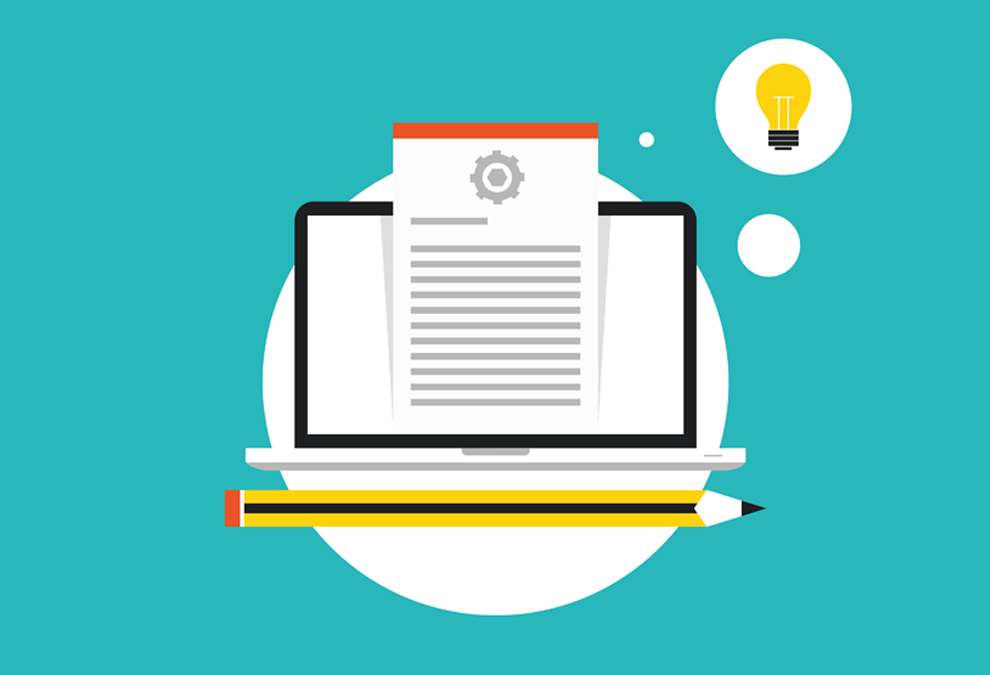By using the simple power of words you can turn prospects into customers
Copywriting is one of the most essential components of any form of direct marketing communications. In a day and age where we are constantly bombarded by information, targeted and engaging copywriting is absolutely essential if you want to stand out from your competitors. Getting it right means more leads, more sales and more profits.
But whatever you’re trying to promote or sell, you’ll need to tell compelling stories that grab attention and connect with people so that they’ll respond in the way you want. Writing good, clear concise copy that effectively persuades readers to take some sort of action requires significant skill, time and attention to detail.
So if you’re up for the writing challenge, I have included 12 Wonder Words which copywriters use to turn prospects into customers, plus I’ve outlined some guidelines to create better mailings.
Wonder Words That Grab Attention
Before you start rolling up your sleeves, you should write the following words down on a post-it note and stick it on your computer or fridge to remember:
They appear in no particular order:
- You
- Love
- Proven
- Easy
- Safely
- Discovery
- Save
- Results
- New
- Guaranteed
- Health
- Money
So why are these wonder words so important?
Well, did you know that Yale University Researchers have identified them as the 12 most powerful words in the human language?
These words just so happen to attract readers attention more than any other words, while working on a very powerful, emotional level.
But it is important to remember that these words should only be used as tools when integrating them within your copy. If your copy is poor, particularly your grammar, then these words will not win over a new customer. But they will make your communication so much more enticing.
Here’s how easy it is to include them within your copy:
Discover how you can generate more money by using this easy copywriting method, saving you thousands of dollars with proven results. Guaranteed!
Empathise with your target market
The main purpose of copywriting within a direct mail context, is not used to inspire admiration, it is there to get people to do something. The entire design and conception of direct mail piece, for example, must be built around this simple but vital necessity: Get Action!
So when writing your copy, you have to start with understanding your target market. You will need to ask relevant questions and genuinely empathise with your customers. This may involve talking to your current and past customers, studying testimonials, even talking to customer service staff, who usually provide some very interesting vies.
You should try and identify what type of person they are. What is really motivating them to respond? Is it:
- Greed?
- Worry?
- Status?
- Revenge?
- Dreams?
- Anger?
- Sex?
- Saving Money?
- Power?
It could be any of these reasons or combinations, but I believe that only a few motives are ever at work.
To view this in a more simplistic way, it has been identified that everything functions for either pain or gain in this world, and it’s the same for every person. Although every marketer would agree that people will always try to avoid pain over pleasure or gain.
In other words, in order to get your customers to take action and buy from you, your product or service needs to overcome the pain and suffering associated with their problems.
You need to stop talking about yourself and how wonderful your business is, and start addressing your customers problems by outlining the benefits associated with the product or service you’re trying to sell.
For example, if you have a massage chair that is equipped with all the latest technology, you’re not going to start by mentioning that it has 12 multi-function settings, but rather focus on reducing back pain and restoring circulation.
After fully understanding the person you are talking to, you now need to consider what format you want to write in and the critical elements needed given the overall proposition. In fact, until the format and the elements are satisfactory, you should not write a word.
Creating Better Mailings
Focusing on direct mail in particular, the key ingredients to include for a successful mail-out would typically include the outer envelope, the letter, the order form, the reply envelope, the brochure, and the flyer.
It is far better for a writer and designer to sort out the overall plan before undertaking the specifics. Plus the function and message of each item becomes clearer as you start to develop them. Writing too early will be a waste, as ideas change and thoughts change.
But for the purpose of this article, I am only going to concentrate on the three key elements of the direct mail package where effective copywriting is absolutely critical and the main points you need to consider before you start writing:
The letter
In studies, the majority of people look for a letter first when the open their mail. But many businesses fail to use them in their mailings. There are some absolutes when it comes to direct mail – you must always include a letter and you must have a very strong reason for not making it a long one.
Why does it have to be long? Well if you want tell compelling stories that grab attention and connect with people so that they’ll respond in the way you want, you need to be prepared to write some enticing copy. And I doubt if you can provide enough detail or a compelling reason in a cover letter only containing 2 to 3 paragraphs.
To write a letter that is going to entice your customers you need to structure it in a format that will keep the reader moving down the page by incorporating the following key elements:
- Attention Grabbing title – Used to get people to focus on you, your products and how you can benefit them. I normally write 30 different titles or more before I come up with a winner. You should even consider doing A/B split testing to track the best response.
- Introduction – After capturing your readers’ interest, now direct their attention to your introduction. Write a brief paragraph about your product or service to let them know exactly what you have to offer them. Keep it brief and to the point with no fluff. You need to capture the promise made in the title in only a few seconds before the reader loses interest.
- Identify the Problem – This goes back to empathising with your customers and help overcoming their problems. Providing a ‘reason why’ you’re writing the letter is also critical when making an offer to your customers, and it is best relayed in the form of a story. In fact, good copywriters and marketers often use stories the reader can relate to.
- Provide a Solution – Tangible benefits, not features that can help your customers. After identifying your customers greatest fears and concerns, show them how other people, just like them, have overcome these problems and discovered there was nothing to worry about.
- Details of what you are trying to sell – This contains all the pertinent information such as what’s on offer, what brands, what service your providing? You need to deliver on the promise made by the title.
- Testimonials – Provide evidence of happy customers. Please ensure they are the original letters for them to carry any authority at all.
- Endorsements – Whether they be from a celebrity, or an official organisation, an endorsement will help bring credibility to your product or service.
- Use an enticing offer – An additional offer is used over and above what you are trying to sell. It could be a free gift, free information or a free consultation. It helps to overcome BUYERS INERTIA and gets the reader to take action.
- Contact information – How do you want your customers to contact you?
- Your signature – ….and not a digital one that has been scanned onto the page.
- Use a P.S. to reiterate the offer and even another P.S.S. to outline any other important information. E.g. A deadline or, advising the product is only available to first 100 callers. These help the reader to ‘take action’ now.
What is your copywriting style?
Now that you have the right layout to use for your letter, you also need to be aware of the tone and style of your writing, and what is the best way to lay out the copy to make it easier to understand? Here are a few tips to consider:
- Most letters are written in a compassionate, informal style to provide a more human touch to help the writer relate better to the reader.
- The approach you should take is to let the customer know that you are talking to him or her as a person and not some random number or customer. Always personalise your letter where possible.
- Use bullet points and subheadings to break up information and make it easier for the reader digest. Your subheadings should provide highlights of each section of your sales letter and be displayed in a larger, bold font.
- Bold important information, titles, subheadings and key points
- Change the colour to broadcast your offer. Colour can be used to draw the reader’s attention to get something for FREE!
- Use italics and underline for greater emphasis on a word.
- Use a handwriting font to express your testimonials as they provide more credibility.
The brochure
If you have a budget, then a brochure of some form is always useful. It will improve response but it isn’t always critical to include in a mail pack. It should be seen as complementary to the other items rather than the hero.
What I mean by brochure, however, doesn’t necessarily have to be high cost and a lavish 4-colour production. It can indeed be in black and white. Usually its role is to provide credibility to the rest of the mailing with pictures, charts and other informative items.
In this role, the brochure shares the selling task with the other items, so what you say in the letter copy may be replicated in the brochure, but said differently of course. The tone of the brochure copy is completely different. The letter is typically writing using a chattier, more colloquial style, while the official brochure is more formal.
Never fall into the trap of leaving things out of the letter, as if you were going to save it for the brochure. Both items have to stand on their own feet but also contain the entire selling message. Only the tone and style is different, which provides excellent practice to developing your flexibility with different copy styles.
The flyer
The flyer is basically any other piece of paper you want to add to your direct mail pack.
You may think that your letter and brochure have provided your prospective customer with all the information they need. But it is primarily used as a stand-out piece. It sticks out and draws the reader’s attention while reinforcing the message.
The flyer mainly comes in two forms, the testimonials letter, or ‘third voice’ letter, and the free gift flyer.
A variation of the testimonial letter is the ‘third voice’ because it appears to come in the form from someone other than the writer of the main letter. An example of this letter can be applied to fundraising: The state government will have credibility in signing an appeals letter, but you can’t really have them asking for cash. Therefore, we would write a separate letter from the Leader talking about politics, but with a little bit at the end talking about the need for funds.
The free gift flyer has two jobs to perform. First, it has to focus the reader’s mind on the free gift, then it has to be able to ‘sell it’. All too often the free gift flyers end up as a photograph of a watch with a paragraph underneath stating ‘FREE’ in bold. This is hardly going to give you the results you want. Many other types of flyer can be devised. In fact, don’t limit yourself to just one – I’ve seen successful mail packs use as many as 50 flyers!
To sum up
So that is a brief overview of how to create better mailing using effective copywriting. By now I think you will agree that if you use the right words, the right tone and style, and the right format, while focusing on the primary needs of your customers – you can’t go wrong.
It may be easier said than done, which is why you may have to consider using an experienced copywriter to get the most out of your next direct marketing initiatives. With over 15 years experience in copywriting, business and marketing communications, I will ensure that the copy you get will work harder to deliver the results you want. My writing style will speak directly to your target market in a way that can be informative, educational, quirky or corporate to keep your customers interested and engaged.
Why not contact us for a free consultation, with no obligation.









